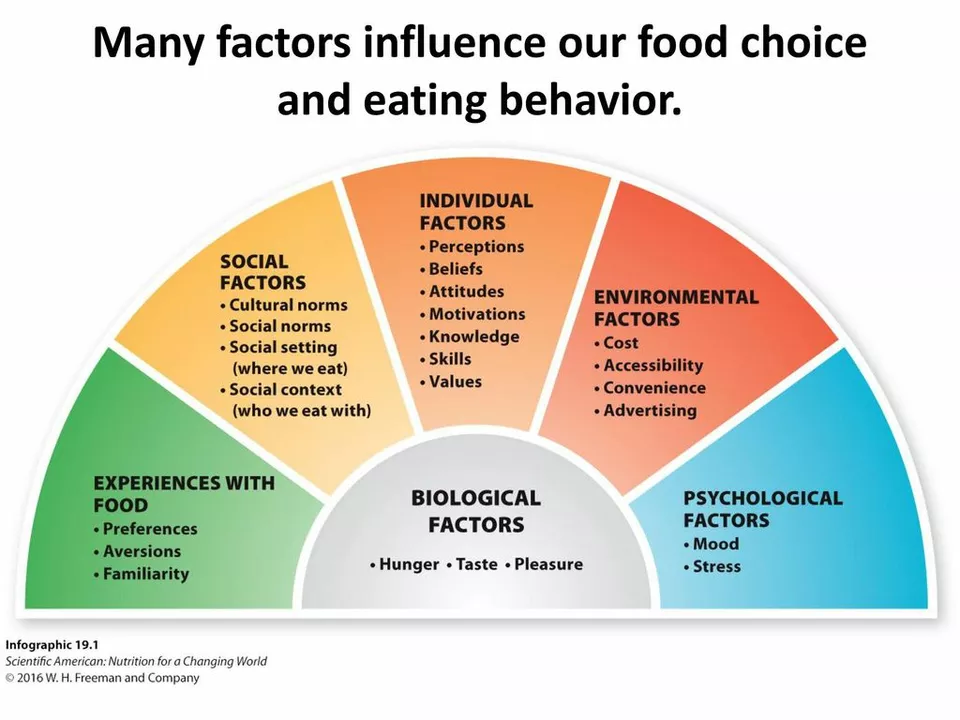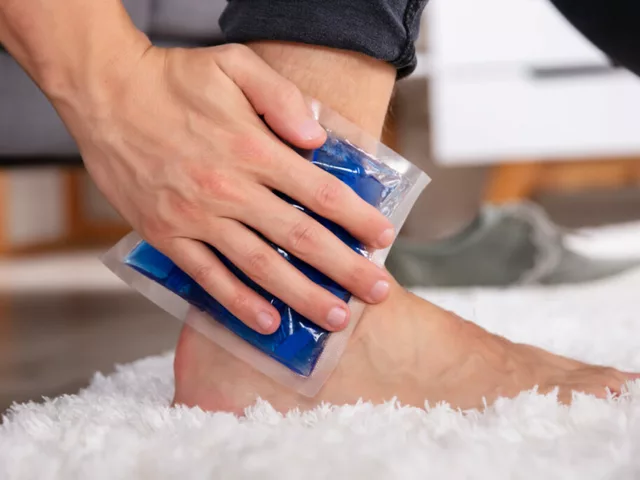Cost: How to Make Medicine Prices Less Painful
Medicine prices can shock you. On this tag page you'll find clear guides and real tips to lower what you pay for prescriptions, OTC drugs, and supplements. Instead of vague promises, we focus on practical steps you can use today to compare prices and avoid common traps when buying online or in person.
How we check and compare prices
We look at several things when comparing costs: listed pharmacy price, generic options, shipping fees, taxes, and coupon or card discounts. A pill that looks cheap on the site can end up expensive after shipping and handling. Always check the final total before you pay. If a site hides fees or won’t show an order total until checkout, treat it as a red flag.
Also, compare unit price not just bottle price. A 30-tablet pack might be cheaper per pill than a 90-tablet bottle on sale. Use per-dose math: price divided by number of doses. That’s the clearest way to see value.
Smart ways to lower what you pay
Choose generics when possible. They contain the same active ingredient and usually cost a fraction of brand-name drugs. Ask your doctor or pharmacist if a generic is right for you. For many common meds—cholesterol, blood pressure, antibiotics—generics are an easy, safe switch.
Use coupons and discount cards. Pharmacy coupons, manufacturer savings cards, and sites like GoodRx often cut prices dramatically. Print or save the coupon on your phone and show it at checkout. Sometimes coupons beat insurance copays, especially for non-formulary items.
Buy larger quantities only when it makes sense. If your medication is stable and you’ll use it for months, a 90-day supply can lower monthly costs and reduce copays. But don’t stockpile meds that require refrigeration or have short expiry dates.
Check online pharmacies carefully. Reputable pharmacies list contact info, require a prescription when needed, and display clear pricing. Beware of sites that sell prescription drugs without asking for a prescription—those often sell counterfeit or unsafe products. When buying from international pharmacies, factor in shipping, import rules, and potential delays.
Use insurance wisely. Ask your insurer for a formulary list so you know which drugs cost less under your plan. If a prescribed drug is expensive, ask your doctor to suggest covered alternatives. Sometimes a small switch saves hundreds a year.
Look into patient assistance programs. Drug manufacturers, charities, and clinics sometimes offer low-cost or free medications to eligible patients. It takes a little paperwork, but the savings can be substantial for long-term treatments.
Want targeted help? Browse the posts under this tag for drug-specific price guides—examples include tips on Esomeprazole, Levlen, and Quibron-T. Each article shows how to shop smart for that particular medication and what to watch for when ordering online.
Price stress is real, but small changes add up. Check unit prices, favor generics, use coupons, and pick trustworthy pharmacies. That’s how you cut your medication bill without risking your health.




